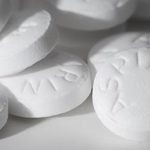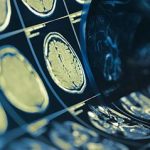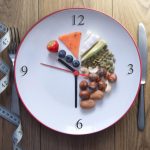
FRIDAY, Jan. 20, 2023 (HealthDay News) – Organic food will soon have to comply with stricter labeling rules under new requirements announced Thursday by the U.S. Department of Agriculture (USDA). In what the Organic Trade Organization (OTA) called the biggest change since the USDA’s organic program was first founded in 1990, the new requirements include that all imported organic food be certified by the USDA National Organic Program. The rule increases certification of more supply chain businesses, and boosts authority for inspections, record-keeping, traceability and fraud prevention. The rule also builds on the USDA’s definitions for organic food, which must use “natural substances and physical, mechanical or biologically based farming methods to the fullest extent possible.” The new program will start in March, and companies must comply within a year. The OTA had lobbied for the changes and said in a statement the regulation “will do much to deter and detect organic fraud and protect organic integrity throughout the supply chain.” Organic food does big business in the United States, where customers spent $63 billion in 2021 for food free of pesticides and contaminants, the Associated Press reported. Working to ensure customers were getting what they paid for, the U.S. Department of Justice recently indicted those alleged to have been involved in a multimillion-dollar fraud operation to export non-organic grain to the United States with… read on > read on >


















